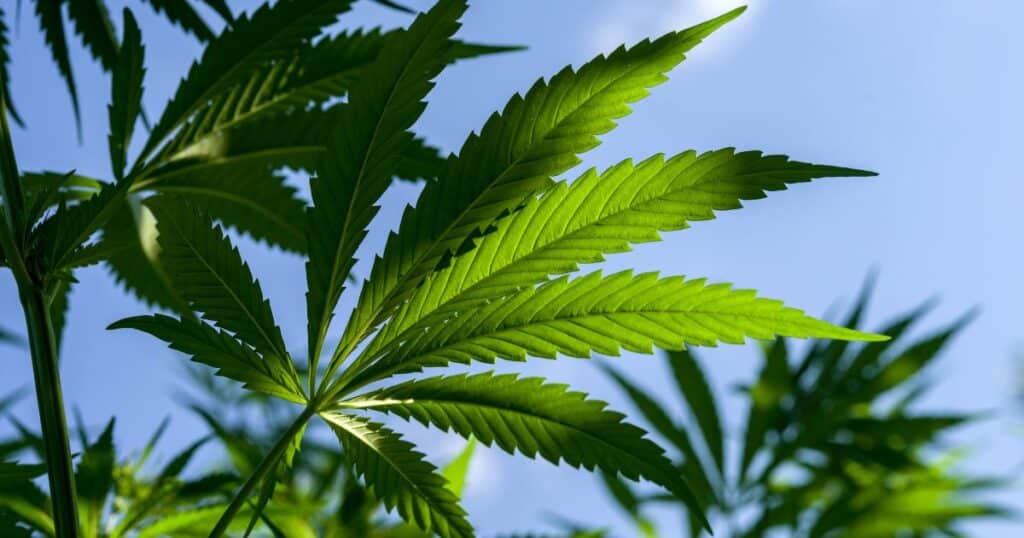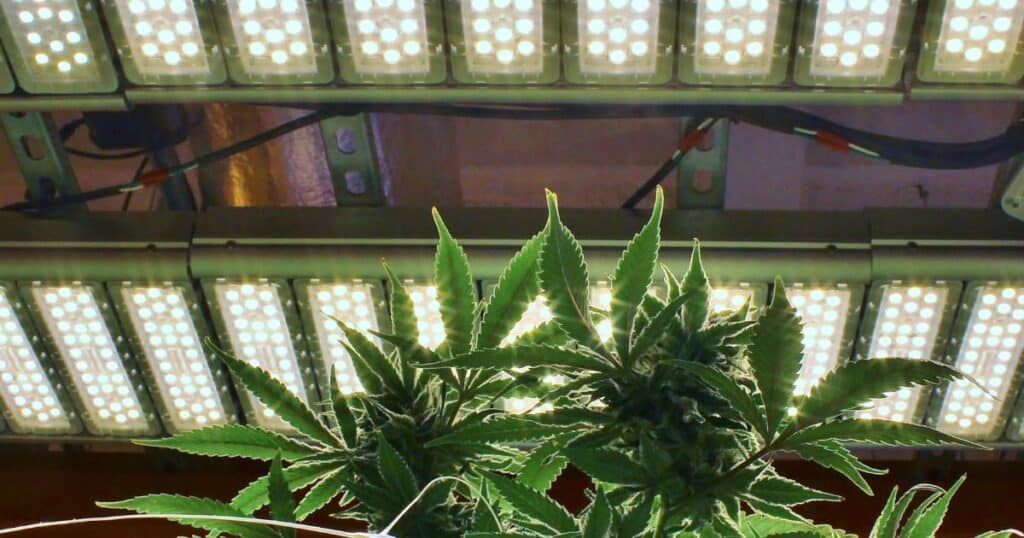The history of cannabis is a long and storied one, spanning thousands of years and crossing continents. In this article, we’ll explore the cultivation and usage of cannabis throughout history.
We’ll begin by looking at how cannabis came to be cultivated in Asia over 6,000 years ago. From there, we’ll move on to discuss its spread around the world — from China to Europe and beyond — and how it was used by different cultures at different times in history. Finally, we’ll look at how cannabis has been used as a medicinal plant and discuss some of the current research being done on its healing properties.
The Ancient History of Cannabis
Humans have been part of the cannabis family for millennia.
Scientists have discovered wild cannabis growth in the marshes of the Southern Caspian Sea, as well as in modern-day Iran and Azerbaijan. Others found wild strains in modern areas south of the Caspian, Siberia, Kazakhstan, the Xinjiang-Uyghur Autonomous Region, Kyrgyzstan’s deserts, beyond Lake Baikal, South Central Russia, and possibly the Caucasus.
Weed has been found in Eastern Europe, but cannabis has historically followed human settlements, so weed plants found outside of central Asia are likely not native to the region. Interestingly enough, it’s actually believed that the ancient form of cannabis our ancestors used no longer exists. This is because humans have been breeding it for thousands of years, to the point where it’s genetically distinct from what scientists assume was the original cannabis plant.

Evidence found at burial sites in Romania indicates cannabis was being smoked as early as the third millennium B.C. While most information regarding prehistory and prehistoric human’s use of cannabis is conjecture, there are several popular theories claiming cannabis has been used since before the written word.
However, the first corroborated indication of cannabis use by humans dates to 2800 BCE, in ancient China, where Emperor Shen Nung regularly used cannabis as medicine. Indian Hindus, Assyrians, Greeks, and Romans used cannabis medicinally as well. Hindu legend even holds that Shiva, the supreme Godhead of many sects, was given the title “The Lord of Bhang,” a Hindi word for marijuana.
Cannabis has been around for a long time. So long, in fact, that it goes back to the beginnings of recorded history.
Cannabis has been found in Egyptian artifacts dating back more than 4,000 years. In fact, evidence suggests that cannabis was used in medicine as early as 3,000 BCE. The plant’s residue has been found in Egyptian artifacts dating back to more than 2,000 BCE.
In addition to being used as medicine, cannabis may have also played a role in ceremonial rituals for pharaohs and other royalty. The plant was also an important commodity for farmers throughout the region at this time because it was used for rope making and other purposes.
Cannabis in the Medieval Period
In the Middle Ages, cannabis was used for a variety of purposes. From medicine to ritualistic use, it became an important part of life for many Europeans. In fact, some historians believe that medieval Europeans smoked cannabis just as much as they drank alcohol.

One of the most important works on the topic is Franz Rosenthal’s book The Herb: Hashish versus Medieval Muslim Society. In this book, he discusses how cannabis was being cultivated around Egypt and sold openly in markets by the 13th century, mostly in the form of hashish. It stayed popular in the Islamic world, but there was much debate over whether it should be sold or not. Despite the debate, it largely remained legal and purchasable in marketplaces.
During the Middle Ages, Europeans used hemp for medicinal and ritualistic purposes. For example, Germanic people often used it to reduce childbirth pains. Hempen ropes have been found at a well from a Roman fort in Dunbartonshire, Britain and all the way in Iceland.
This plant was associated with various customs and ceremonies based on the magical homeopathic principle that life begets life, according to folklore. During the Middle Ages, such customs were carried out specifically to influence the growth of the hemp plant in the coming year. Peasant farmers, for example, lit massive bonfires and danced around or leapt over them in many parts of Europe. The idea was that the hemp crop would grow high into the sky, just as the flames and dancers did.
In some parts of Europe, such as the Balkans, an ancient folk ritual involved running through a circle of burning hemp!
Cannabis in the Modern Era
The modern world is a time period that started in the 17th century and ended in the 20th century. It was a time of great change, both socially and scientifically. In the modern world, access to cannabis slowed for Western Europeans during the majority of the Middle Ages. That doesn’t mean it wasn’t used — it just meant that access was harder and more limited.
France and Spain both had hemp crops, though, and they were extremely important for the French especially. When France began its colonial expeditions to the Americas, the viability of cannabis plants was of extreme importance. This led to Samuel Champlain bringing hemp seeds to New France and by 1606, hemp was finally growing properly in Nova Scotia.
The earliest known introduction of hemp to the Americas was in Chile in 1545, brought over by the Spanish. Cannabis has a long history in Chile, from indigenous people using the plant for medicinal purposes to Spanish colonialists attempting to reap its many benefits.
In the 16th century, Spanish colonialists began harvesting cannabis in Peru, Colombia, and Mexico. However, Chile saw the most success with hemp production. Most Chilean hemp was used to make rope for the army stationed in Chile. Surpluses were shipped north to Peru.
The plant was believed to have been brought to Mexico by Pedro Cuadrado, a conquistador in Cortes’ army. In the 18th century, Spain’s economy began to plummet, and Spanish viceroys ramped up hemp production in the New World, so in 1801, the area around San Jose (now California) began producing hemp and in ten years produced more than 220,000lbs of hemp!
By the end of the 19th century, cannabis was abundant in Mexico — it could be found growing in the wild. The 1800s were a great time for cannabis all over the world, in fact. In the 19th century, European nations began using cannabis more frequently in various industries. It was used in Britain and France as an ingredient in making rope and paper, while Germany and Hungary used it to make cloth and soap.
The Worldwide Ban on Cannabis
In the early 20th century, hemp and marijuana were widely used in Europe and the United States. In fact, it was legal to sell marijuana over the counter in pharmacies.

In the early 1900s, as more people began using cannabis recreationally, there was concern that it would become a gateway drug to harder substances like cocaine and heroin. This led to the worldwide banning of cannabis in Jamaica in 1903, Mexico in 1920, Canada in 1923, and many other countries soon after.
The League of Nations signed the 1925 Opium Convention for the first time adding pure cannabis extract among drugs under international control. The 1961 Single Convention on Narcotic Drugs decreed: “The use of cannabis for other than medical and scientific purposes must be discontinued as soon as possible but in any case within twenty-five years.”
In 1970, the United States passed the Controlled Substances Act, prohibiting cannabis federally along with several other drugs and replacing the 1937 act.
The Post-Modern Views on Cannabis
The history of cannabis is an odd one. It’s been used for medicinal purposes, as a source of fiber and clothing, and as a recreational drug since the beginning of time. But in the past century, it’s been illegal in most parts of the world — and even in some places where it’s still legal today. The post-modern view on cannabis could be seen as a return to the time-honored human tradition of smoking weed.
The 1960s and 70s saw the hippie movement come up in response to anti-cannabis and pro-war rhetoric. During this time period, many people were arrested for possession of marijuana or other drugs because they were considered to be subversive activities that were threatening traditional morality and American values (particularly during war). Those who were caught using drugs were often put into mental hospitals or prisons due to their perceived deviance from social norms.
Medical marijuana began becoming legalized in the 1990s and 2000s, with countries like Canada fully legalizing medical cannabis in 2001 and Uruguay legalizing recreational cannabis in 2013, becoming the first country to ever do so (followed only by Canada in 2018).

As time goes on, more people are starting to see cannabis as an option to help them cope with medical conditions such as cancer and epilepsy — as well as something that could be used recreationally.
Cannabis has been through a lot throughout human history. Its evolution and growth are in tandem with our own, and our histories are intertwined. We are starting to see a resurgence in the popularity of marijuana, and it’s due in part to scientific advances that have allowed us to better understand how this plant works and what it can do for us.
The cannabis plant has been used for thousands of years as an important tool in spiritual practices and medicine, but it wasn’t until recently that we began to understand why so many cultures have seen fit to integrate this plant into their lives. As we research its properties and potential applications further, it’s likely that we’ll see more uses for marijuana emerge — both medically and recreationally.
Enjoyed that first hit? Come chill with us every week at the Friday Sesh for a freshly packed bowl of the week’s best cannabis news!
















